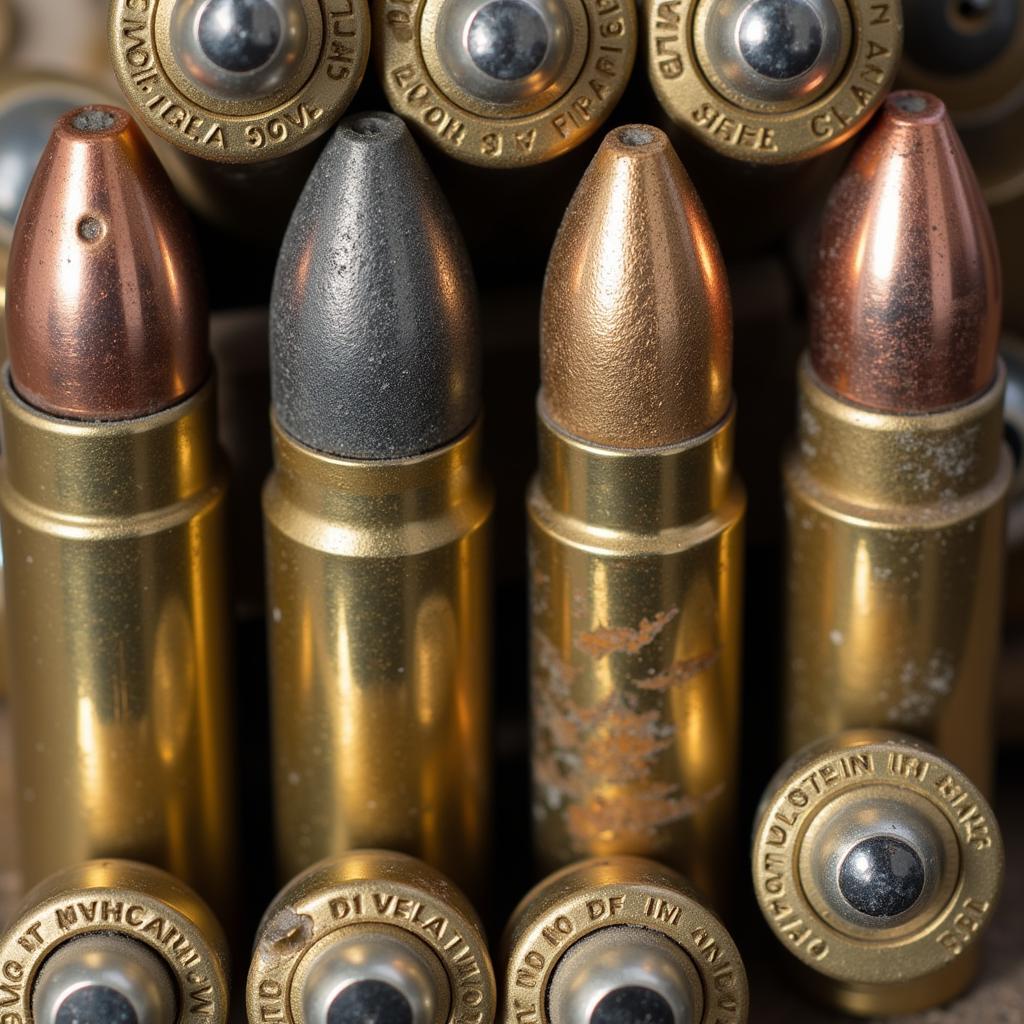Armor-piercing shotgun rounds, often shrouded in a veil of myth and misunderstanding, represent a niche category of ammunition with specialized applications. While their name might conjure images of unstoppable force, the reality of their capabilities and limitations is far more nuanced. This article aims to delve into the intricacies of armor-piercing shotgun rounds, exploring their design, functionality, legal implications, and real-world effectiveness.
Understanding Armor Piercing Shotgun Rounds
At its core, an armor-piercing round is designed to defeat protective barriers like body armor or hardened structures. The effectiveness of armor penetration hinges on factors such as the round’s construction, velocity, and the type of armor it encounters.
Traditional shotgun shells typically contain pellets made of lead or steel, designed for spreading upon firing. Armor-piercing shotgun rounds, however, utilize projectiles crafted from denser materials like:
-
Steel: Hardened steel offers enhanced penetration capabilities compared to standard lead pellets.
-
Tungsten: Renowned for its exceptional density, tungsten delivers superior armor penetration, even against hardened targets.
-
depleted uranium: While not commonly found in civilian applications, depleted uranium boasts extreme density and pyrophoric properties, making it incredibly effective against heavily armored targets.
 Armor-Piercing Shotgun Round Types
Armor-Piercing Shotgun Round Types
Functionality and Limitations
Armor-piercing shotgun rounds primarily operate on the principle of concentrating force over a smaller surface area. By using fewer, denser projectiles, these rounds channel their energy into a more focused impact, increasing the likelihood of penetrating armor.
However, it’s crucial to acknowledge the limitations of armor-piercing shotgun rounds:
-
Effective Range: Shotgun rounds, even armor-piercing variants, are inherently limited by their effective range. The spread of the projectiles, even when minimized, reduces accuracy and penetration power over longer distances.
-
Armor Types: The effectiveness of armor-piercing rounds heavily depends on the type of armor they encounter. Different armor materials and designs offer varying levels of protection.
-
Legal Restrictions: The ownership, use, and sale of armor-piercing ammunition, including shotgun rounds, are subject to strict legal regulations in many jurisdictions.
Applications and Considerations
Armor-piercing shotgun rounds find applications in specific scenarios where defeating armor or barriers is essential. These include:
-
Military and Law Enforcement: Specialized units may employ armor-piercing rounds in tactical situations requiring the neutralization of armored vehicles or suspects wearing body armor.
-
Hunting: In certain regions, hunters may utilize armor-piercing rounds for ethically dispatching large, dangerous game with thick hides.
It’s critical to emphasize that the use of armor-piercing ammunition carries significant responsibility. Misuse or irresponsible handling can have dire consequences.
Myth vs. Reality: Debunking Common Misconceptions
The realm of firearms often becomes fertile ground for myths and exaggerations. Armor-piercing shotgun rounds are no exception. Let’s address some prevalent misconceptions:
-
“Armor-piercing rounds make shotguns unstoppable”: While these rounds enhance penetration capabilities, they are not a guaranteed bypass of all armor. Armor technology constantly evolves, and various factors influence the effectiveness of penetration.
-
“Armor-piercing rounds are illegal everywhere”: Legality varies by jurisdiction. Some areas permit ownership and use for specific purposes, while others impose strict bans. It’s crucial to research and understand local laws before considering armor-piercing ammunition.
-
“Armor-piercing rounds turn shotguns into anti-tank weapons”: This notion is entirely false. While potent against specific targets, shotgun rounds, even armor-piercing variants, lack the power and penetration to effectively engage tanks or heavily armored vehicles.
Conclusion: Weighing the Factors
Armor-piercing shotgun rounds represent a specialized type of ammunition designed for specific situations. Their effectiveness hinges on a complex interplay of factors, including round construction, target armor, and engagement range. While possessing enhanced penetration capabilities, it’s crucial to debunk myths surrounding their invincibility and acknowledge their limitations.
Furthermore, understanding the legal landscape surrounding armor-piercing ammunition is paramount. Laws and regulations vary significantly, and responsible gun ownership dictates strict adherence to these guidelines. As with any firearm or ammunition, knowledge, respect, and responsible use are essential for ensuring safety and preventing unintended consequences.





